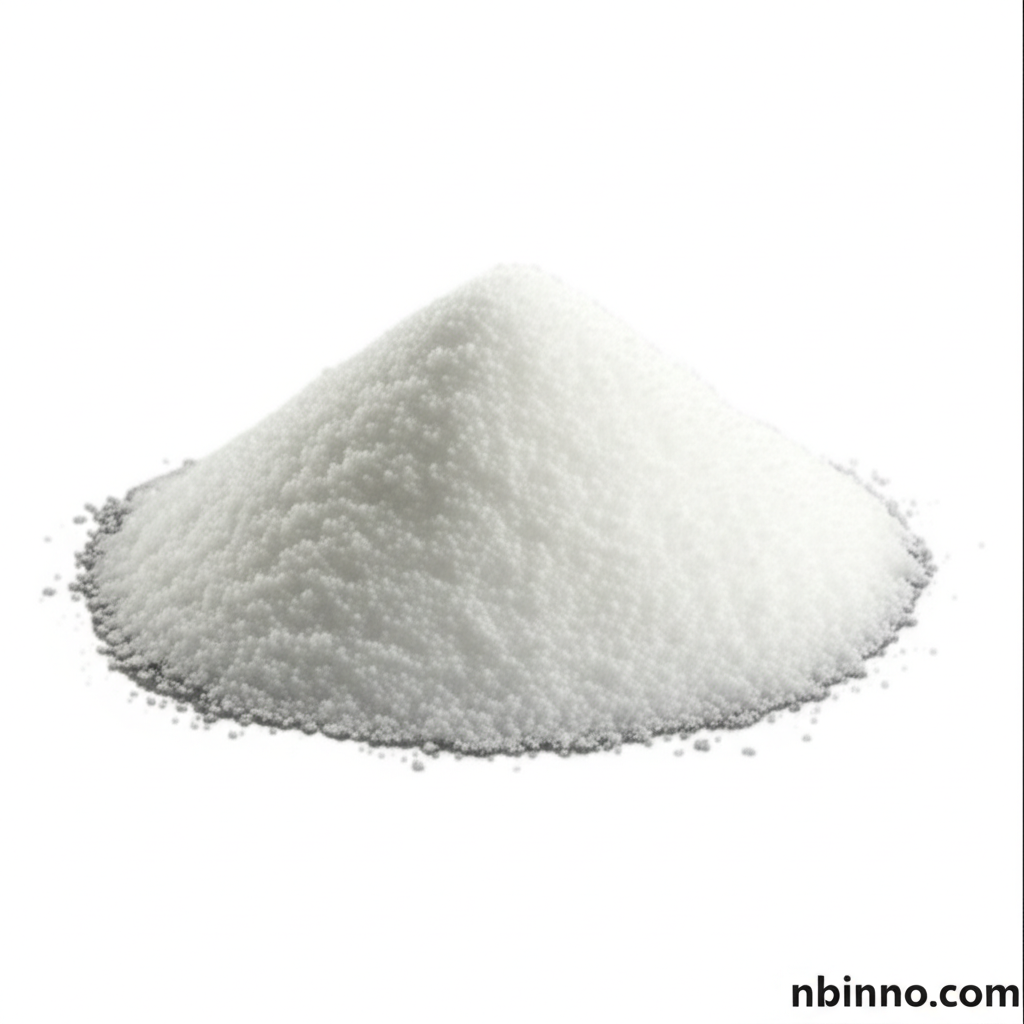3,4-Pyridinedicarboxylic Acid (CAS 490-11-9): A Comprehensive Guide
Discover the properties, applications, and sourcing of this vital organic compound for your research needs.
Get a Quote & SampleProduct Core Value

3,4-Pyridinedicarboxylic acid
As a key pyridine derivative and a vital component in many organic synthesis pathways, 3,4-Pyridinedicarboxylic acid (CAS 490-11-9) offers exceptional purity and versatility for researchers and manufacturers.
- Unlock new research possibilities by utilizing 3,4-pyridinedicarboxylic acid suppliers for your advanced projects. This compound, with its defined chemical structure, serves as a critical building block in complex syntheses.
- Explore the precise chemical properties of pyridine-3,4-dicarboxylic acid, crucial for consistent experimental outcomes. Understanding its molecular formula (C7H5NO4) and molecular weight (167.12) is fundamental for accurate stoichiometry.
- Secure a reliable source for 3,4-pyridinedicarboxylic acid manufacturer details to ensure quality and consistency. Partnering with reputable producers guarantees adherence to stringent quality standards like USP, BP, and FCC.
- Investigate the various applications of cinchomeronic acid in different industrial sectors. Its utility as a fine chemical makes it invaluable for pharmaceutical intermediates and R&D.
Advantages Offered
High Purity Assurance
Benefit from a minimum purity specification of 98% (HPLC), ensuring reliable results when you buy 3,4-pyridinedicarboxylic acid for demanding applications.
Versatile Chemical Building Block
Leverage the structural features of this pyridine derivative for your organic synthesis needs, facilitating the creation of novel compounds and materials.
Convenient Sourcing & Packaging
Access this essential chemical through trusted suppliers with flexible packaging options, including 25kg drums, to meet your specific order requirements.
Key Applications
Organic Synthesis
As a key intermediate, this pyridine derivative is instrumental in crafting complex organic molecules, supporting innovation in chemical research.
Pharmaceutical Intermediates
Its well-defined structure makes it a valuable starting material for the synthesis of active pharmaceutical ingredients (APIs), contributing to drug development.
Research & Development
Widely used in laboratory settings, it aids in exploring new chemical reactions and developing novel materials, driven by its unique chemical properties.
Specialty Chemicals
Its classification as a fine chemical underscores its importance in specialized industrial applications requiring high-quality compounds.
